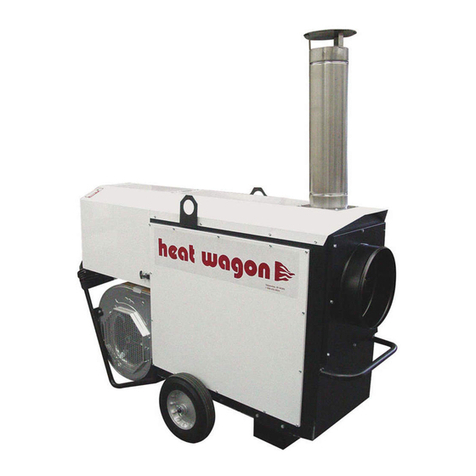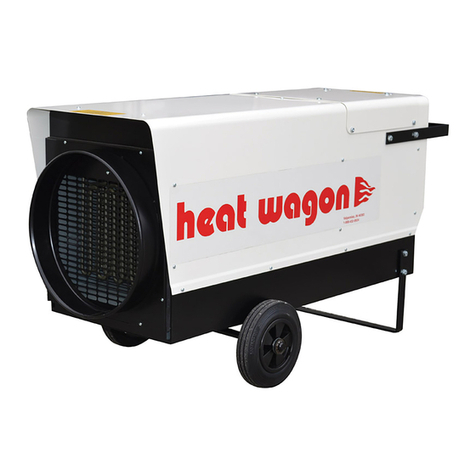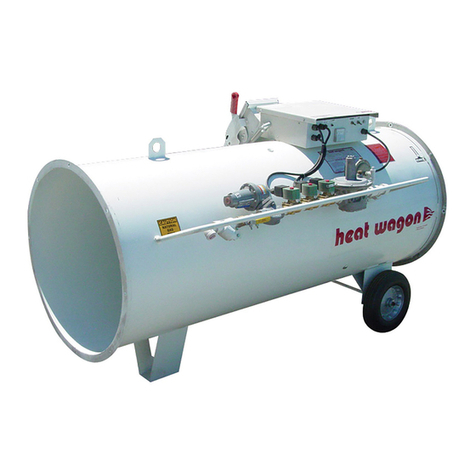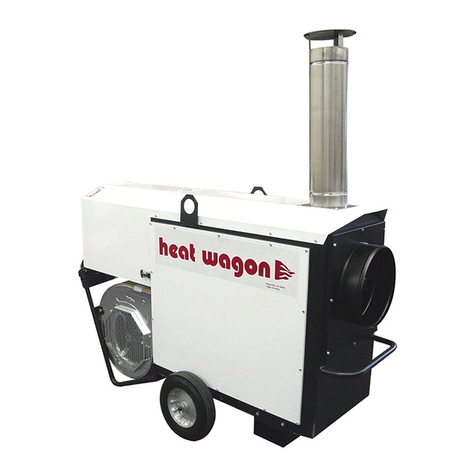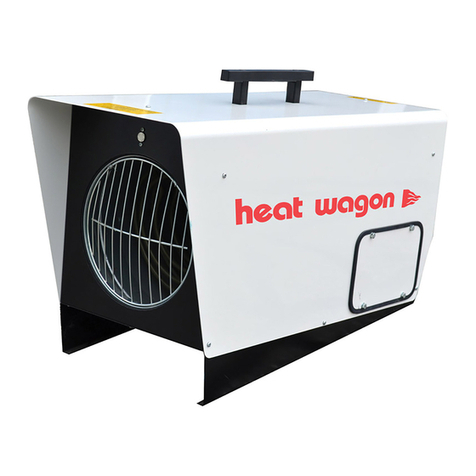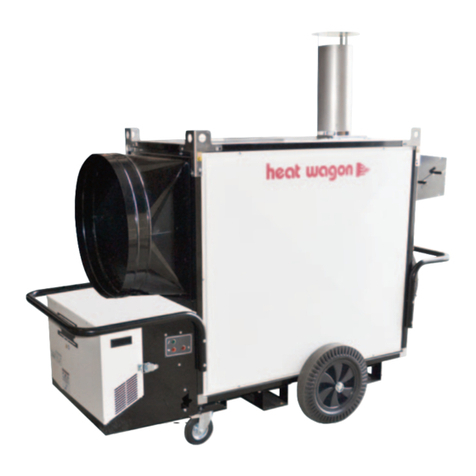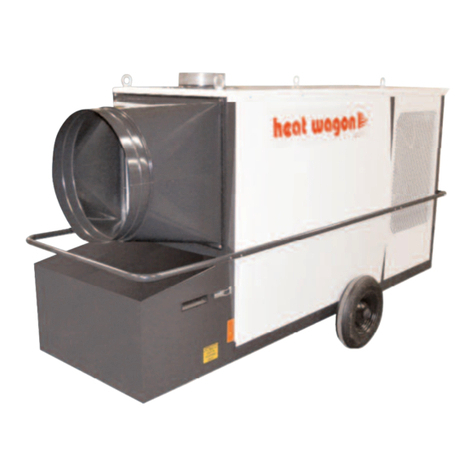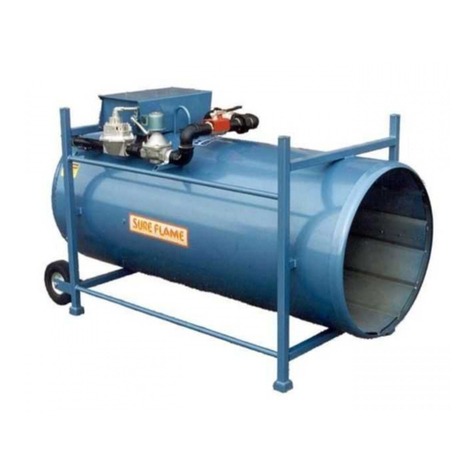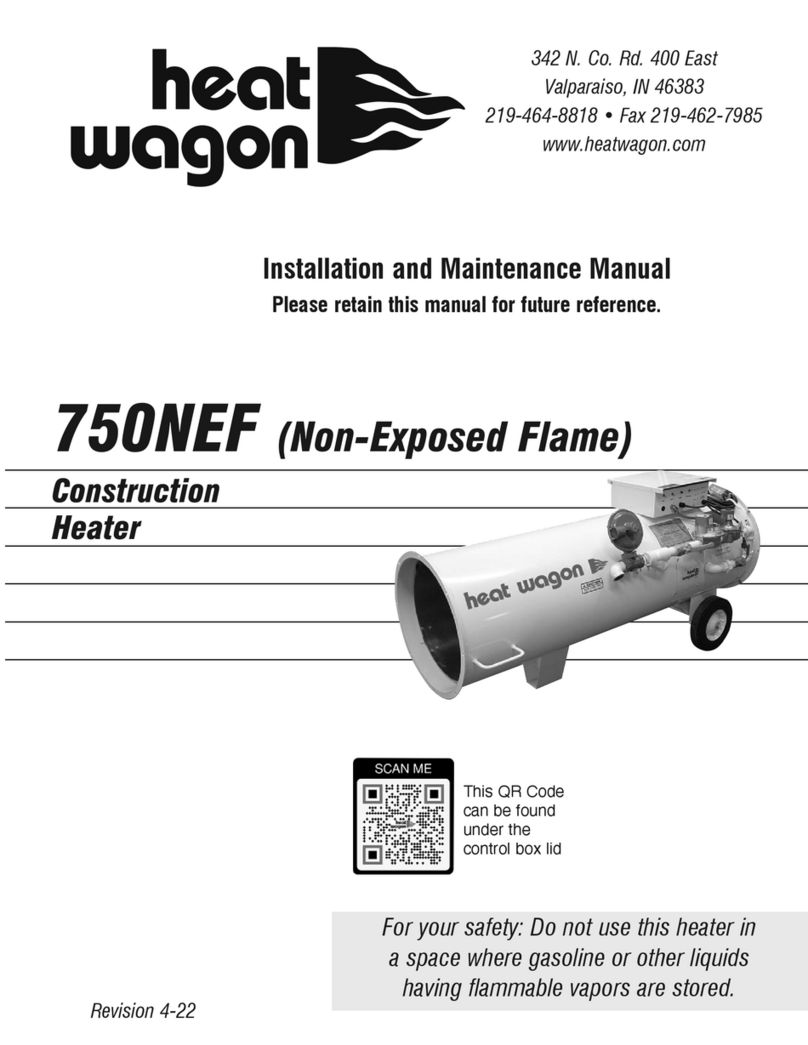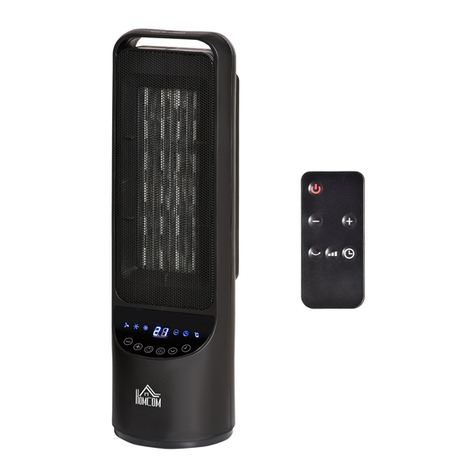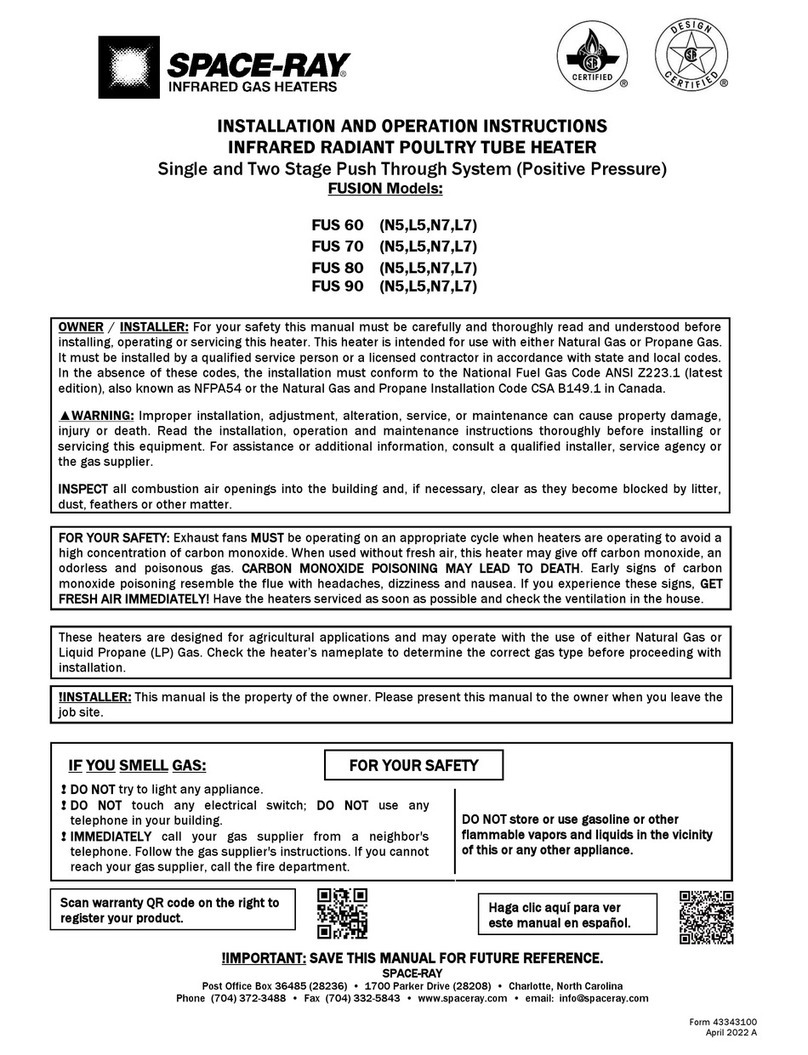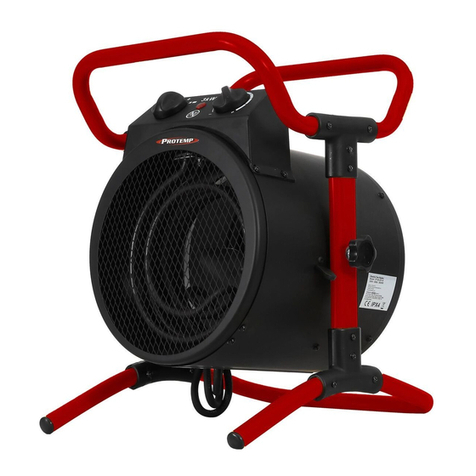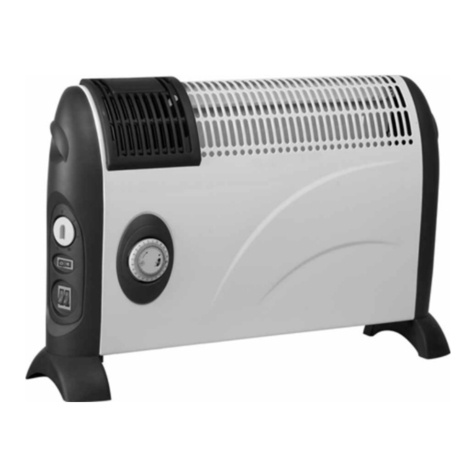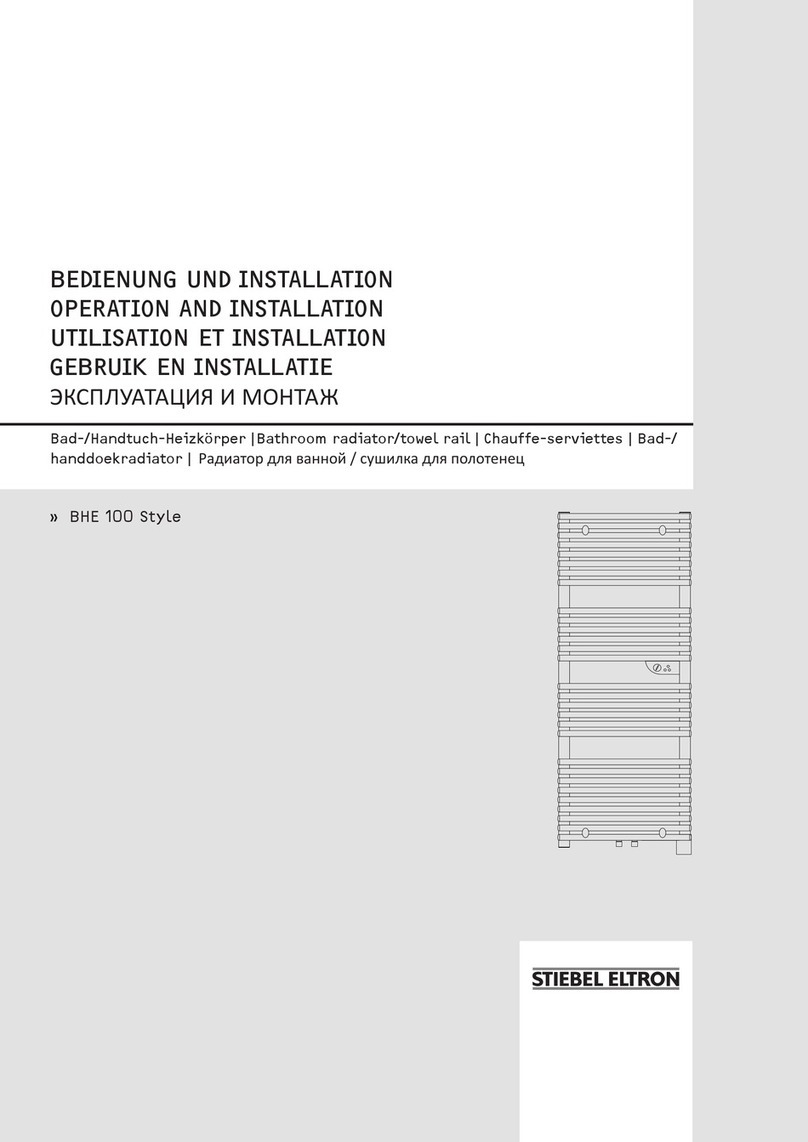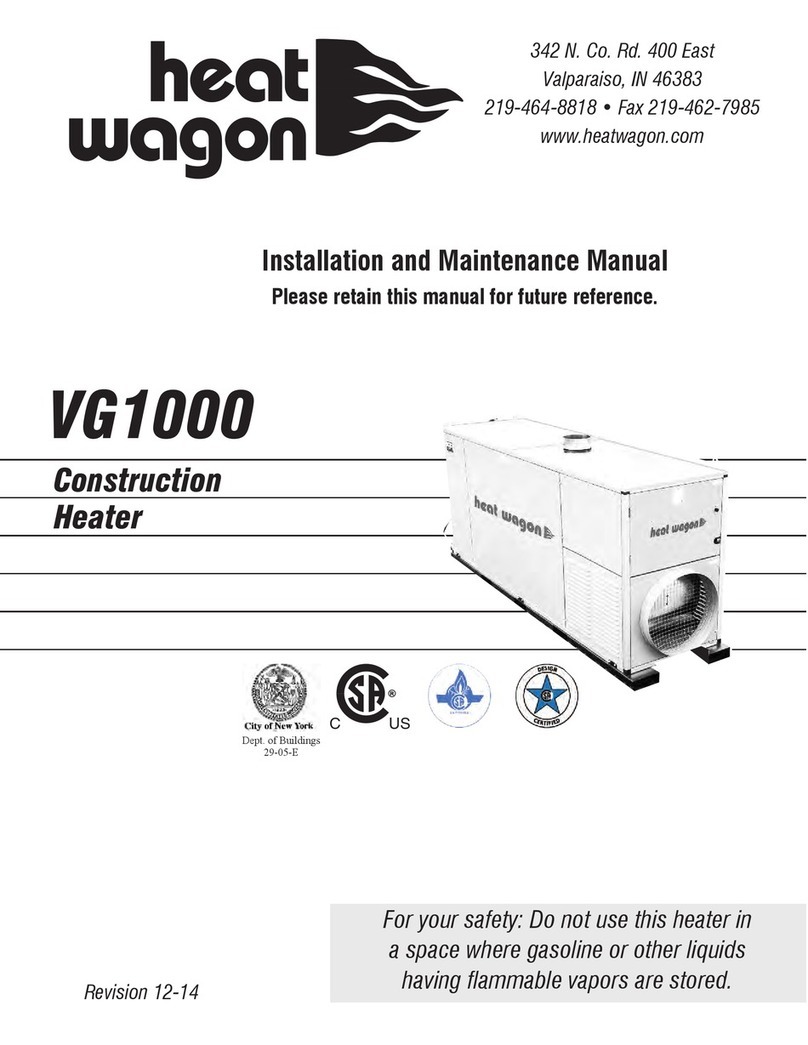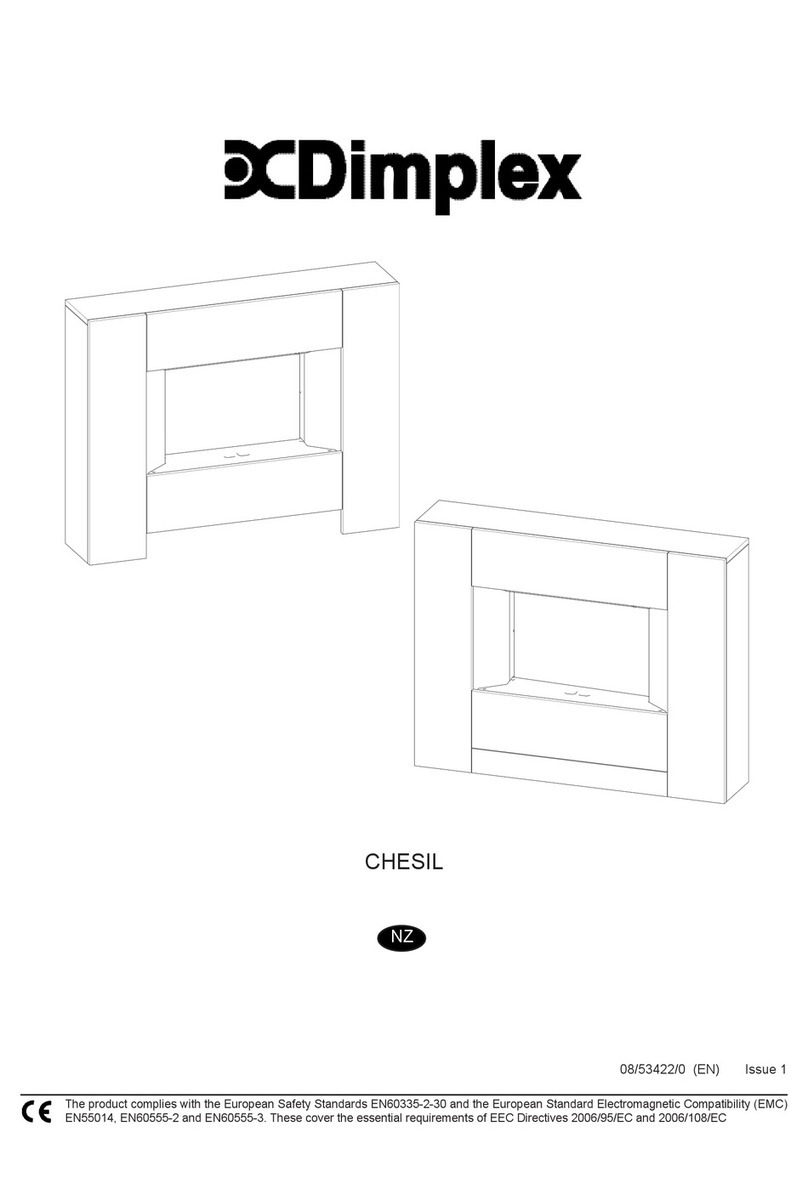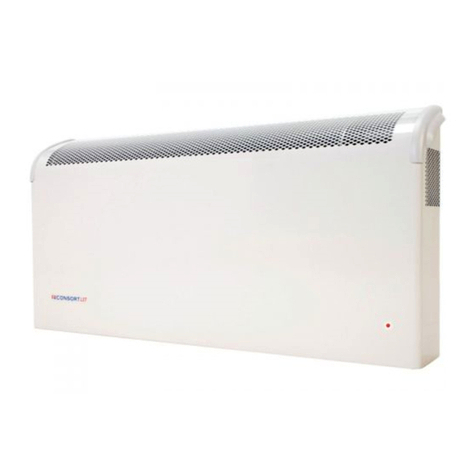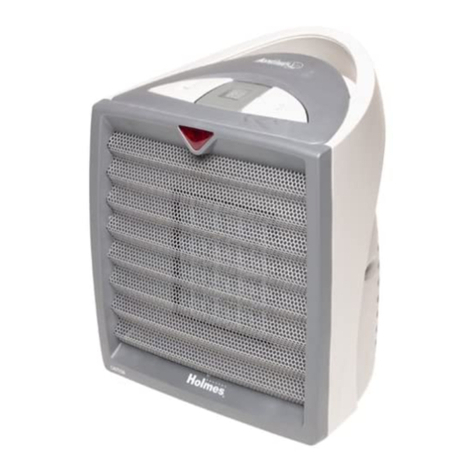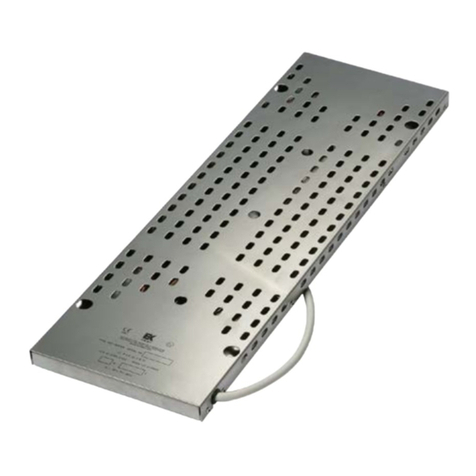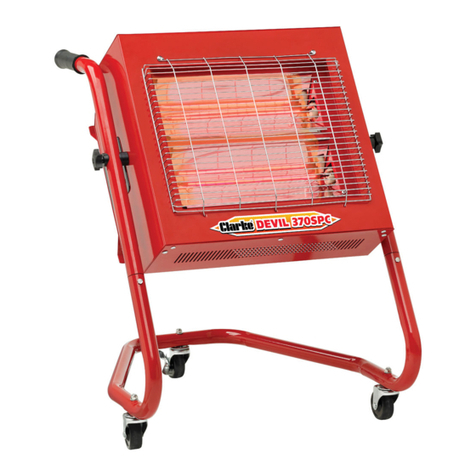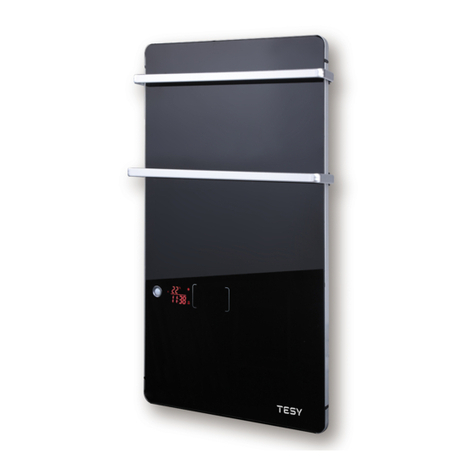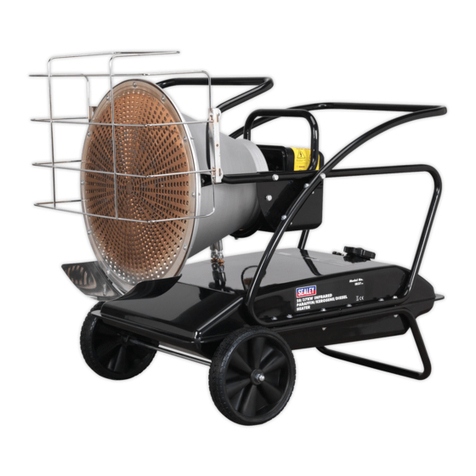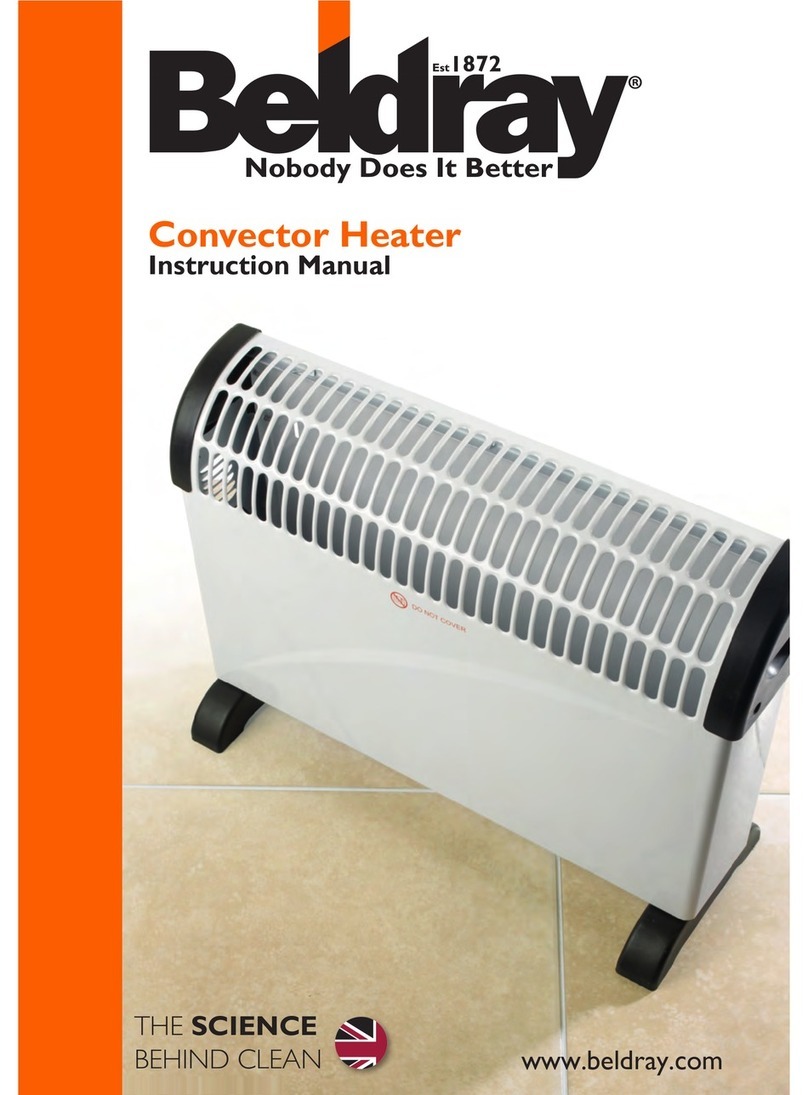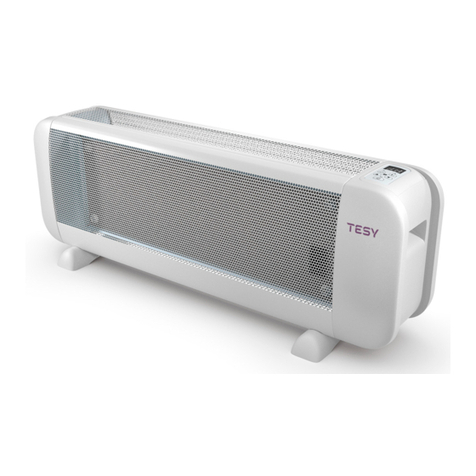
Motor runs, spark is present, but there is no fuel spray
Causes:
1. Spray nozzle clogged.
2. Fuel pump is defective/or broken pump coupling
3. Air entering the fuel pump thru the inlet line.
4. Solenoid valve is defective.
5. Control board is defective.
6. Fuel filter is dirty.
7. Safety thermostat defective or tripped or improper ducting.
8. Air proving switch defective.
9. Fuel gel.
Solutions:
1. Spray nozzle clogged. emove and inspect the spray nozzle. Clean or replace as needed. Do not clean the nozzle orifice with anything metal
as this may enlarge the orifice.
2. Fuel pump is defective. The output pressure of the fuel pump can be checked by placing a high pressure fuel gauge into the gauge port of the
fuel pump. Use a gauge with enough capacity to measure the high pressure your particular heater can produce. Use the adjustment on the pump
to set the pump pressure to the manufacturer’s specification. If you do not have a fuel gauge, you may slightly loosen the pump’s output line con-
nection and place a rag there. un the heater briefly and see if fuel reaches the rag. If no fuel is pumped, check the connection between the motor
and the fuel pump to make sure the motor can turn the pump. Also check the external and internal fuel filters for blockage, and clean or replace if
necessary. The fuel pumps internal filter is usually located where the fuel inlet line enters the pump. Check to make sure motor is rotating pump.
3. Air entering the fuel pump thru the fuel inlet line. If air enters the pump it will lose its prime and will not maintain adequate pump pressure. First
make sure all fittings, including the fuel filter on the inlet line are tight. If you still suspect air is entering the pump, start eliminating portions of the
inlet line until the air leak is found. Start this process at the fuel tank end of the inlet line. It may be necessary to draw fuel from a small container
rather than the fuel tank.
4. Solenoid valve is defective. Use a multi-meter set to measure volts. Check for approximately 120 volts at the ends of the two wires that carry
voltage to the solenoid valve. If proper voltage is read, try cleaning the valve if it is dirty. If the valve will not open fully to allow fuel spray, the sole-
noid valve is defective. If proper voltage is not read, check for voltage on the control board terminals that the solenoid valve wires connect to. If
proper voltage is read, the solenoid valve wires are defective. If voltage is not read on the board terminals, the control board is defective.
5. Control board is defective. Use a multi-meter set to measure voltage. Check for proper voltage on the two board terminals that the solenoid
valve wires connect to. If proper voltage is read, the control board is ok. If proper voltage is not read, the control board is defective.
6. Fuel filter dirty. Check the external and internal fuel filters and clean or replace as necessary. Most fuel pumps contain an internal fuel filter
located where the inlet line enters the fuel pump.
7. Safety thermostat defective or tripped. Also called overheat switch. Some indirect oil heaters have a safety thermostat wired between the con-
trol board and the solenoid valve. If the heater becomes too hot this normally closed switch will open and interrupt power to the solenoid valve.
Use a multi-meter set to measure ohms. Place the multi-meter probes on the two male terminals of the safety thermostat. If the multi-meter shows
infinity (no continuity) the safety thermostat is defective. If the switch opens up before the heater becomes hot, the safety thermostat is defective.
8. Air proving switch is defective. Try to start the heater without ducting. Indirect oil heaters have an air proving switch wired between the control
board and the solenoid valve. The air proving switch is normally open and requires air from the turning fan blade to close the switch and send
power to the solenoid valve. Set a multi-meter to measure voltage. With the fan blade turning, check for voltage coming out of the air proving
switch to the solenoid valve. If no voltage is read, next check for voltage at the control board terminals out to the air proving switch. If voltage at the
control board is read, the air proving switch is defective. If no voltage is read at the board, the control board is defective.
9. Examine condition of fuel in filter and tank. Diesel fuel may “gel” below 30ºF. See fuel blend guide, page 18. Plug in heater and allow
preheater to warm fuel (15 min).
13






















